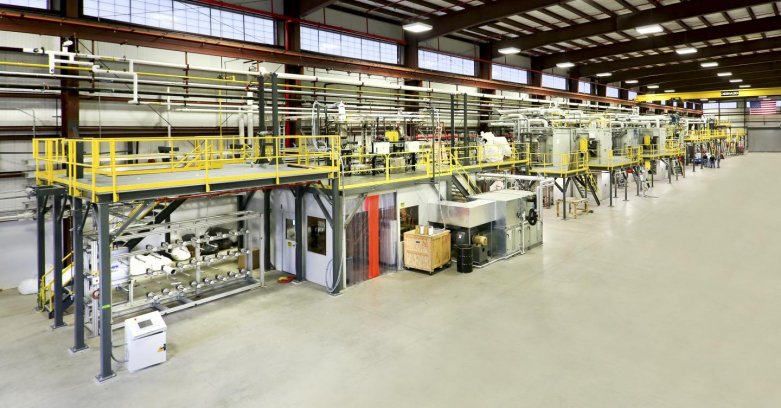
Scaling-up carbon fibres to move the needle for automotive
Opinion


High cost has been the single largest roadblock to widespread use of carbon fibre as a strong, stiff reinforcement for advanced composites.

24th March 2016
Adrian Wilson
|
UK
Researchers at the US Department of Energy’s Oak Ridge National Laboratory have demonstrated a production method they estimate will reduce the cost of carbon fibre by as much as 50% and the energy used in its production by more than 60%.
After extensive analysis and successful prototyping by industrial partners, ORNL is making the new method available for licensing.
High cost has been the single largest roadblock to widespread use of carbon fibre as a strong, stiff reinforcement for advanced composites.
ORNL’s new lower cost method builds on more than a decade of research in the area. The researchers’ success promises to accelerate the adoption of carbon fibre composites in high-volume industrial applications including automobiles, wind turbines, compressed gas storage and building infrastructure.
Carbon fibre is produced by converting a carbon-containing polymer precursor to pure carbon fibre through a carefully controlled series of heating and stretching steps. In current commercial practice, the precursor – polyacrylonitrile or PAN – is chemically modified and optimised to maximize the mechanical properties of the end product. The high cost of speciality precursor materials and the energy and capital-intensive nature of the conversion process are the principal contributors to the high cost of the end product.
Acrylic fibre of similar chemistry, however, is produced on a commodity basis for clothing and carpets – a high-volume product that costs roughly half as much as the specialty PAN used in the carbon fibre industry. ORNL researchers believed textile-grade PAN was a pathway to lower-cost carbon fibre, but laboratory-scale experiment couldn’t fully explore its potential at a production scale.
To provide that capability, DOE’s Advanced Manufacturing and Vehicle Technologies offices have funded research and operations at ORNL’s Carbon Fiber Technology Facility, a highly instrumented, semi-production scale carbon fibre conversion plant.
Extensive mechanical property tests have been performed on carbon fibre from the new process and several auto manufacturers and their suppliers received quantities suitable for prototyping, with encouraging results.
“Our R&D into process improvements and the extensive validation work at the Carbon Fiber Technology Facility provide manufacturers and end-use industries with the confidence needed to invest in large-scale manufacturing, knowing there will be a market for this material,” said Gary Jacobs, ORNL’s interim associate lab director for Energy and Environmental Sciences.
Companies, including licensees of the new method, will be able to use the Carbon Fiber Technology Facility to refine and validate carbon fibre manufacturing processes.

Business intelligence for the fibre, textiles and apparel industries: technologies, innovations, markets, investments, trade policy, sourcing, strategy...
Find out more